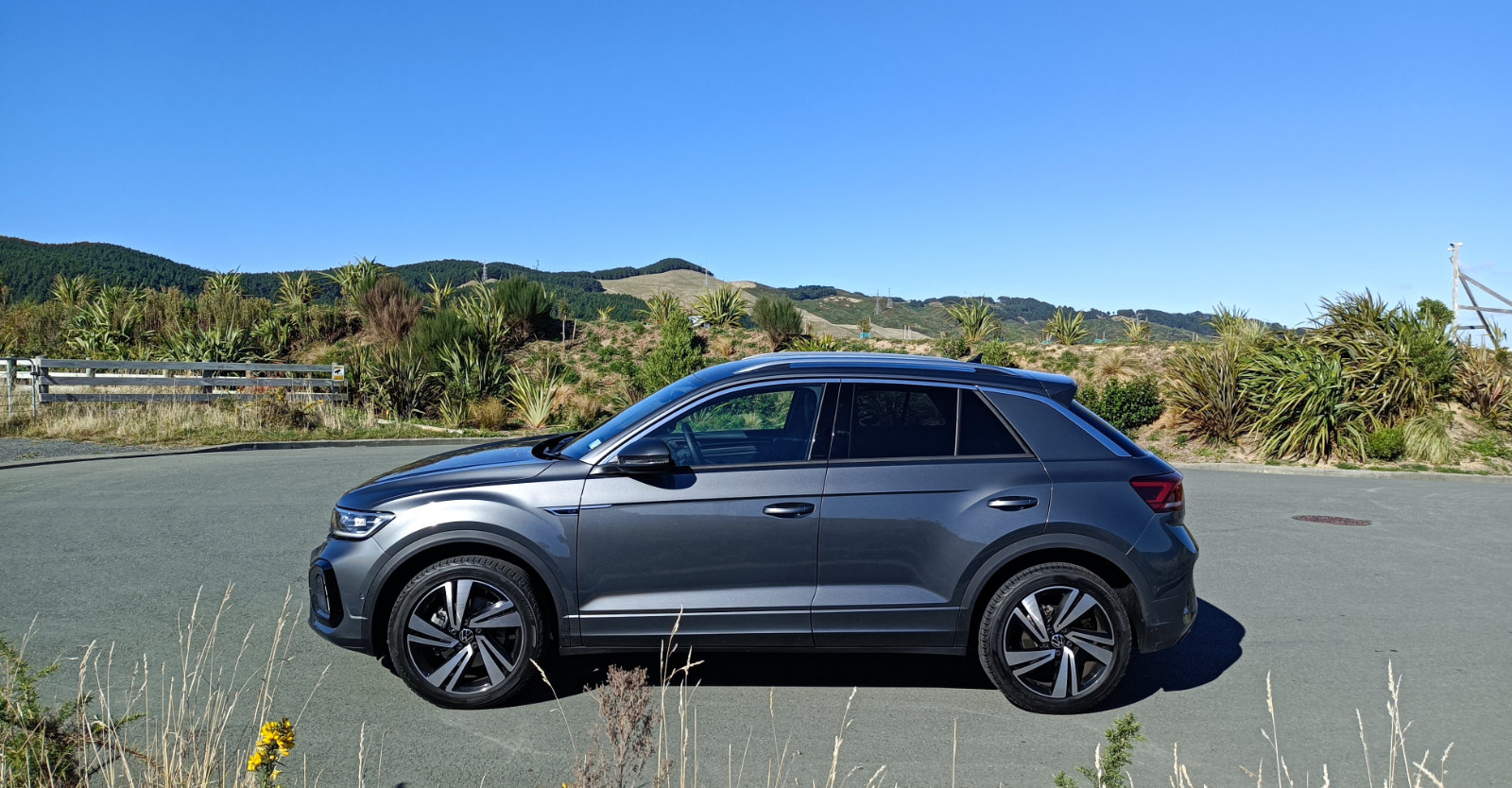
Living
Volkswagen’s T-Roc has gained plenty of attention, with its chunky crossover looks and manageable size. Jack Yan sees if it’s more than skin deep
Photographed by the author
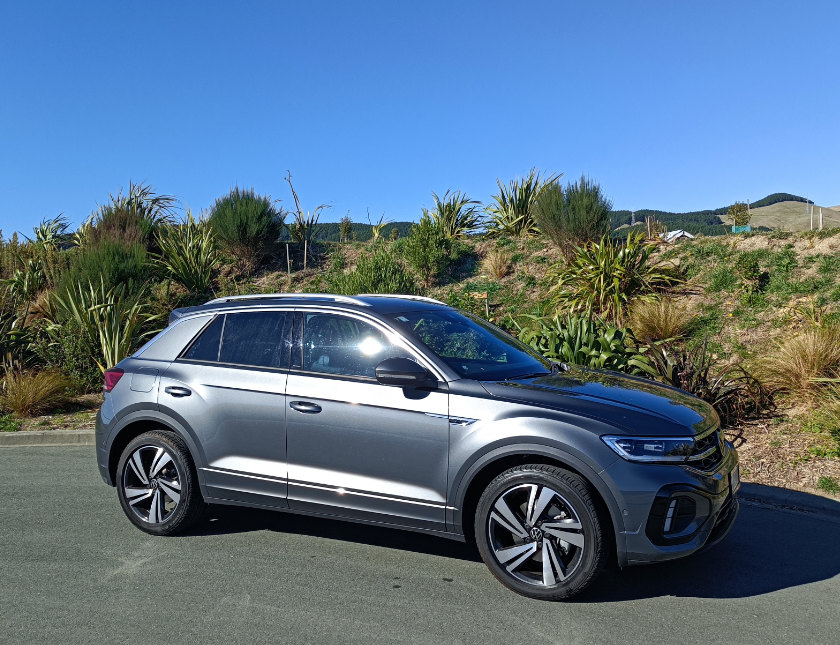
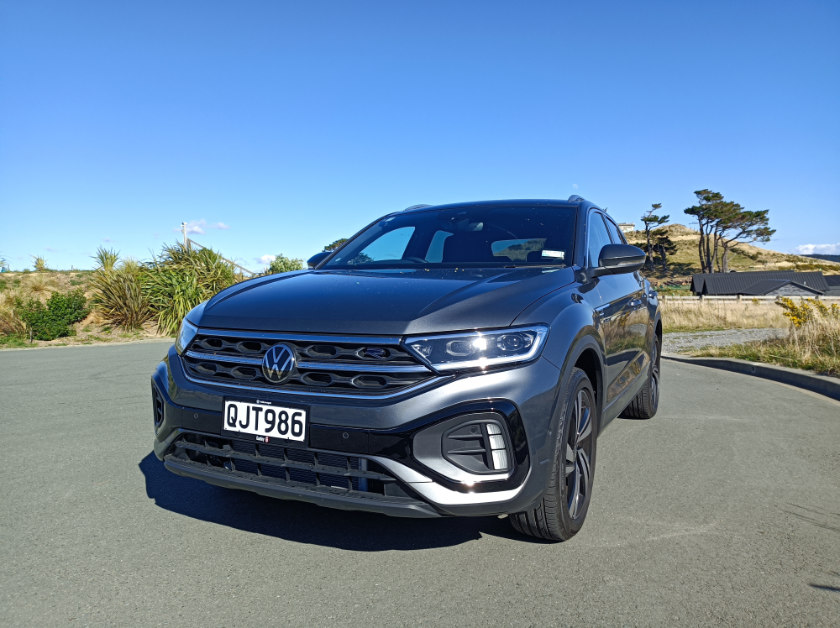
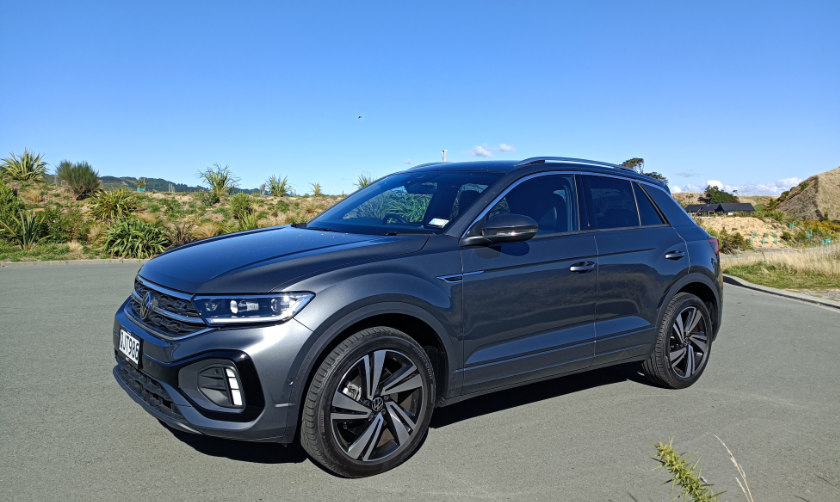
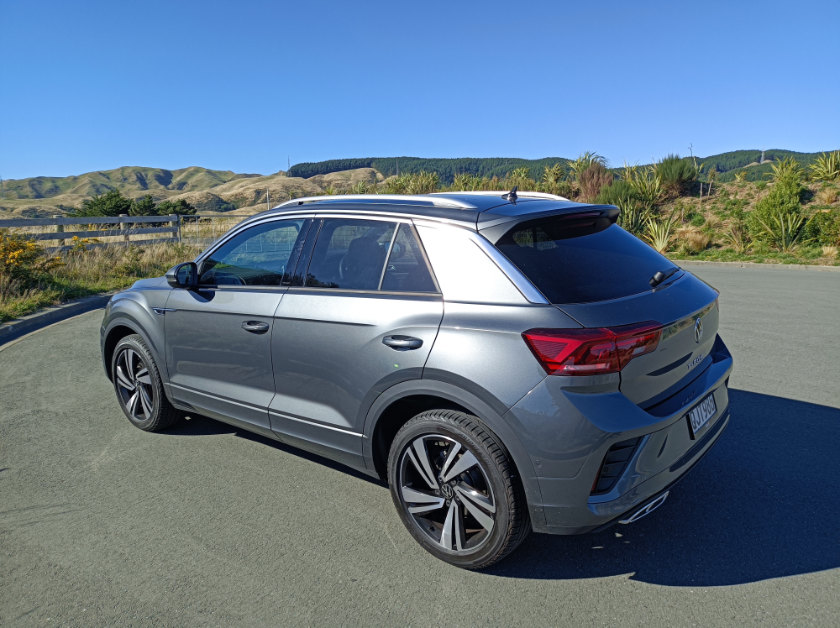
We collected our test Volkswagen T-Roc R-Line 1·4 TSI later in the day, for a more condensed test period. And our first mission was to get it off the Gazley forecourt and back to the office.
One thing Volkswagen always does well is the interior. Outwardly, our test T-Roc R-Line was in a grey shade, not the best colour to show off its lines, but subtle in that industrial Germanic way. The 8 in instrument cluster was somehow reassuring, as you positioned yourself into premium-feeling, heated Nappa leather seats with decent lumbar support. Yes, it’s a C-segment crossover, but Volkswagen hasn’t skimped on the features, and you feel you’re in something further up the food chain.
Cast your eyes over to the 10¼ in infotainment screen, with plenty to explore in the interface—yet easy enough to get to the things you want, like connecting your phone or getting to the sat-nav. The output is sharp and logically designed. There are clever tech touches: you can slide your finger across the volume control surface if you’d prefer not to push, and change tracks as well; the temperature selection works the same way. This is a premium cabin where you feel looked after, almost cosseted, and as the first Volkswagen we’ve tested for some time, it was a great reintroduction to the brand.
Time to head off. The T-Roc had been left in sport mode by its previous keeper, something that we were keen to shift to see how it would fare with fuel economy in a real-world setting. Under the bonnet was the familiar 1·4 TSI turbo unit, one that is known to do the job without fuss or drama. Everything felt tighter, the cabin noise was at a minimum, and Volkswagen evidently had worked on the refinement well. Its steering is direct and there’s wonderful body control. It’s easily manœuvrable, and you feel you are driving something slightly smaller when it counts. Handling is more safe than sporty. While you can use the paddles to change gears, you seldom need to, since they’re arranged so well, and the twin-clutch ’box gives smooth changes. This is what its buyers want: a feeling of security, without any brand snobbery.
Around town and on the motorway it’s a pleasant, safe cruiser. Despite it looking quite low for a crossover, with its 18 in wheels, it’s not what you would call sporty to drive, but the torque is there when you need it, thanks to the turbocharger.
Add the safety equipment—adaptive cruise control, emergency braking, lane-keep assist, blind spot monitors, automatic high beams (things that we first saw in the bigger Touareg in the 2010s)—and it’s a secure, considerate family car. Its gadgetry’s one annoyance is that it forgets that you shifted it into eco mode, and it reverts back to normal on the next start-up.
Size-wise, the T-Roc will suit a large cross-section of buyers. It is tricky to figure out how big the T-Roc when viewed in isolation, especially with how huge other vehicles have got. However, as a Golf-based crossover, others in the press have referred to it as a raised Golf, with a more friendly footprint than the Tiguan. Conceptually, that’s not far wrong, and it’s not too large like some crossovers have got.
Volkswagen has made reasonable use of the space: it’s roomy front and rear, but the boot—accessible by motioning your foot under the rear bumper, provided you have the key on you—was smaller than we expected. There’s no full-size spare, just a spacesaver.
Parked at Lucire, we finally had a chance to appreciate how the T-Roc looks outside. It is tempting to make the ‘raised Golf’ reference, but the styling is more complex than that. The thick C-pillar is there, but then so is a large, circular flared wheel arch, recalling the Beetle, and an overall sense of confident, bold Bauhaus geometry that Volkswagen was all too pleased to bring up when the B5 Passat débuted in 1996. That model changed the direction of car design for some time, with its big Volkswagen badge and circular roofline. The geometric wheelarches and even the extra-bold sans serif typeface conveyed solidity—and was copied by none other than Ford for its 2000 Mondeo.
The T-Roc has that same chunky style, with a few more straight lines tying it into a later Volkswagen family look, with a horizontal bias in the grille design, widening the face of the car. The badge isn’t as bold, with Volkswagen softening the strokes to try to give it a fresh start. The grey finish suits the design, as it equally gives the T-Roc a more solid impression, and you’re left to appreciate the lines in a more subtle way.
Stylistically, this is a decent crossover effort: not too unwieldy, in a more down-to-earth size. It’s ideal for urban use, and has sufficient grunt for the motorway journey. It’s a safe, sturdy effort from the German company that has conveyed those values over so many years. •
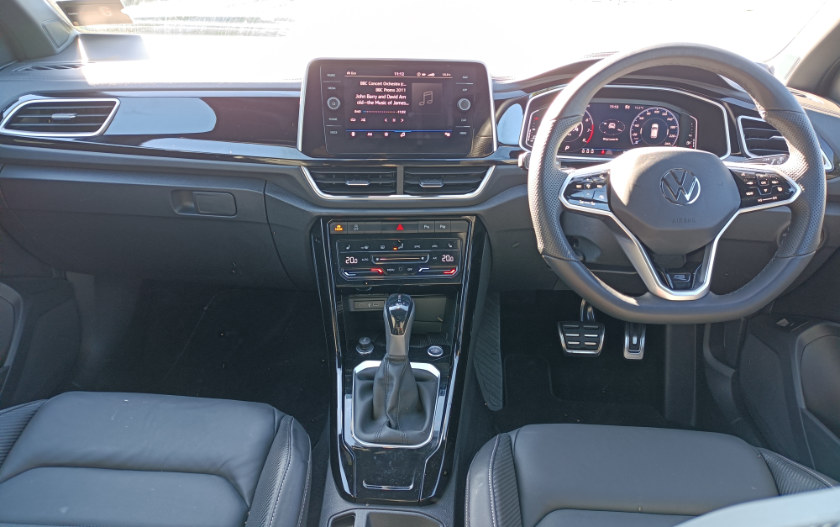
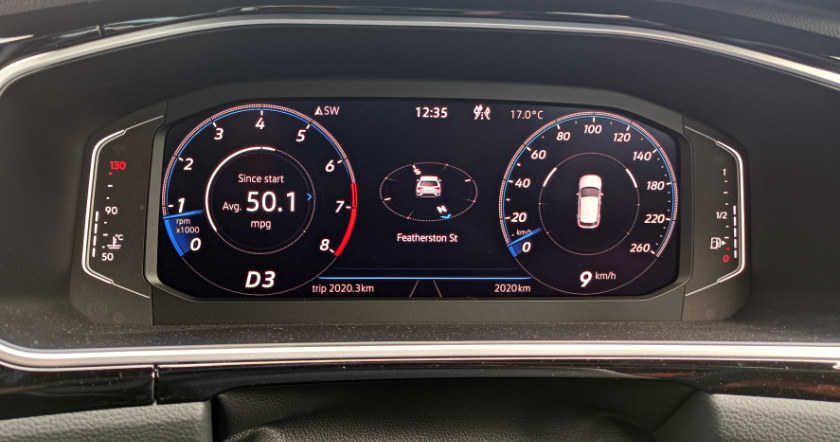
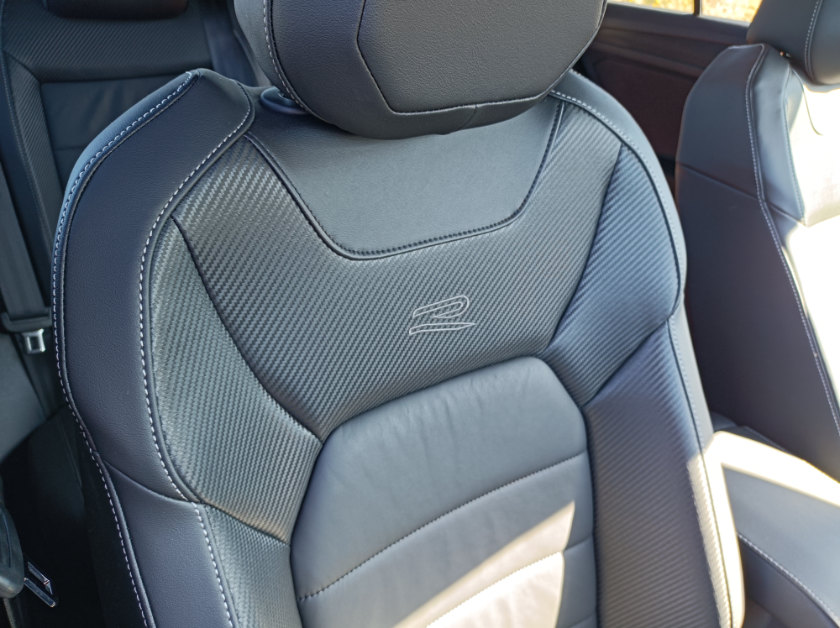

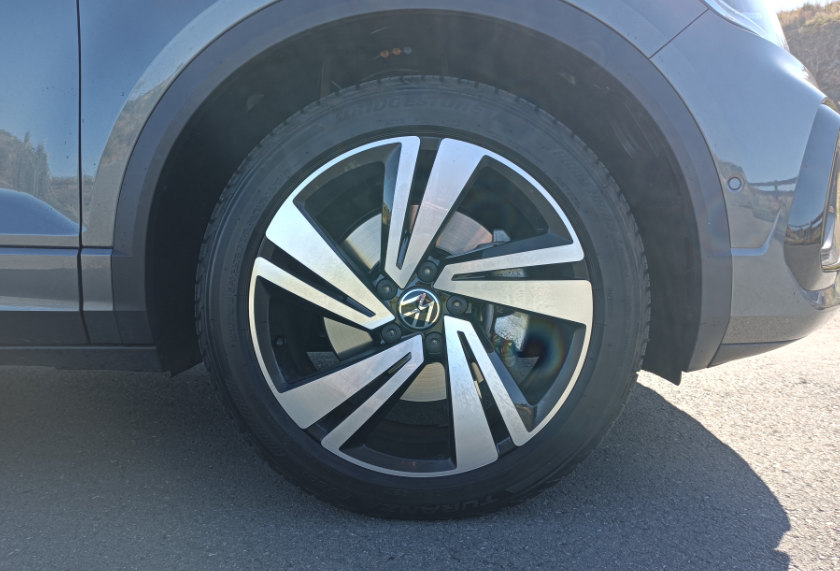
Jack Yan is founder and publisher of Lucire.
Related articles hand-picked by our editors
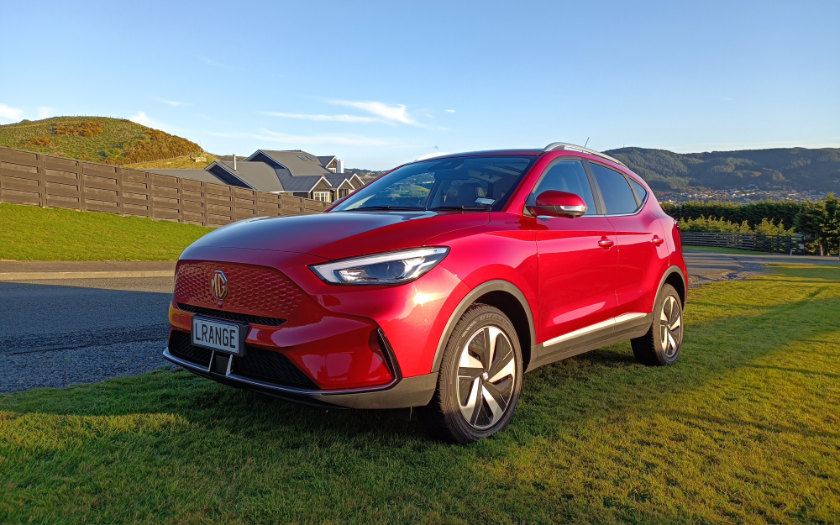
Third time’s a charm?
MG has released its most compelling ZS EV yet: one with 440 km on a full charge. Jack Yan samples the latest in a theme
Photographed by the author
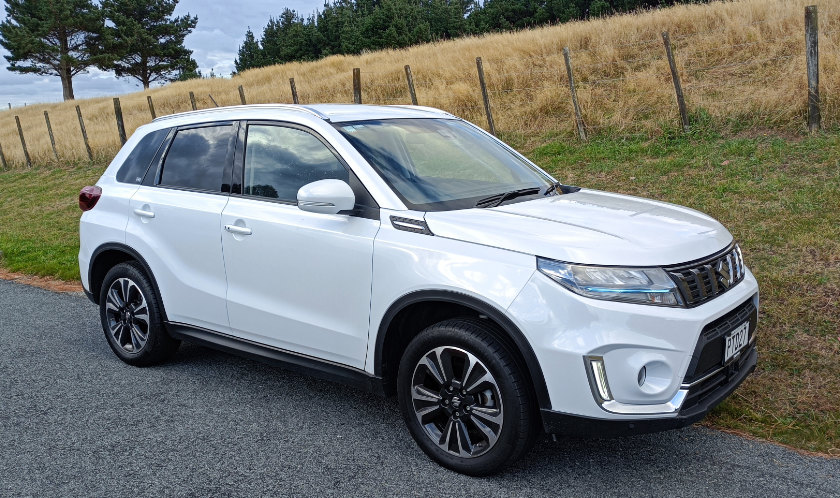
Easy going
The Suzuki Vitara JLX Hybrid is an honest vehicle that remains a competitive, well priced entry for those in the market for a B-segment crossover, writes Jack Yan
Photographed by the author
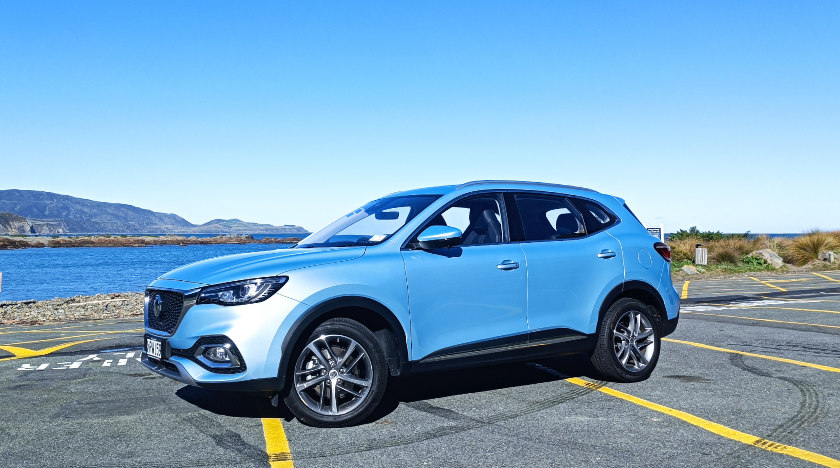
Best of both worlds
Not ready to go full EV? MG’s plug-in hybrid, the HS Plus EV, is a very convincing C-segment crossover that blends the best of both worlds, writes Jack Yan
Photographed by the author